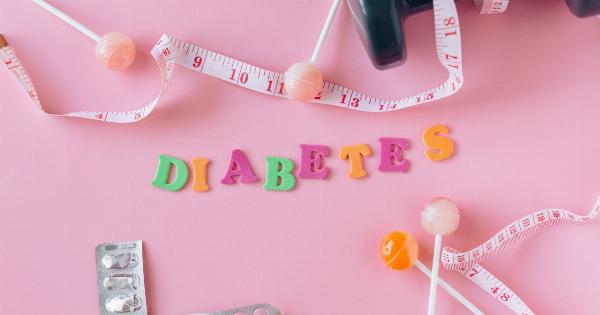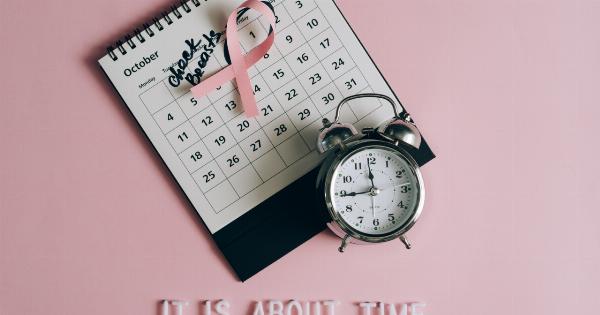According to the American Stroke Association, strokes are the fifth leading cause of death in the United States, with nearly 800,000 people experiencing a stroke each year.
While some factors, such as age and family history, cannot be controlled, there are many steps individuals can take to lower their risk of stroke.
Get Active
One of the best ways to lower your stroke risk is to engage in regular physical activity. Exercise can help maintain healthy blood pressure and cholesterol levels, both of which play a role in stroke prevention.
Aim for at least 30 minutes of moderate intensity activity most days of the week. This can include brisk walking, cycling, swimming, or other activities you enjoy.
Eat a Heart-Healthy Diet
The foods you eat also play a role in stroke prevention. Focus on incorporating plenty of fruits, vegetables, whole grains, lean proteins, and healthy fats into your diet.
Limit your intake of foods high in saturated and trans fats, added sugars, and sodium. Aim to eat a variety of different colored fruits and vegetables to ensure you receive a range of nutrients.
Manage High Blood Pressure
High blood pressure is a major risk factor for stroke. If you have high blood pressure, work with your healthcare provider to develop a plan to manage it. This may include medication, lifestyle changes, or both.
Monitoring your blood pressure regularly and taking steps to keep it within a healthy range can go a long way in reducing your stroke risk.
Quit Smoking
Smoking is a significant risk factor for stroke. Nicotine causes the blood vessels to narrow, which can increase the risk of blood clots and stroke. If you smoke, quitting is one of the most important things you can do to improve your overall health.
Talk to your healthcare provider about developing a plan to quit smoking.
Lose Weight
Carrying excess weight, particularly around the waistline, can increase your risk of stroke. Losing weight through a combination of healthy eating and regular exercise can not only help lower your risk of stroke but also improve your overall health.
Reduce Stress
Chronic stress can lead to increased blood pressure, which, as mentioned earlier, is a risk factor for stroke. Finding healthy ways to manage stress, such as meditation, yoga, or spending time in nature, can help reduce your overall stress levels.
Limit Alcohol Consumption
Excessive alcohol consumption can increase blood pressure and contribute to the development of atrial fibrillation, both of which increase stroke risk. If you choose to drink, do so in moderation.
For women, this means no more than one drink per day, and for men, no more than two.
Get Regular Health Screenings
Regular health screenings can help identify conditions that may increase your risk of stroke, such as high blood pressure, high cholesterol, and atrial fibrillation.
Talk to your healthcare provider about how often you should be screened for these and other conditions.
Treat Atrial Fibrillation
Atrial fibrillation, or irregular heartbeat, can increase stroke risk by up to five times. If you have been diagnosed with atrial fibrillation, work with your healthcare provider to develop a treatment plan.
Treatment may include medication or procedures to regulate the heartbeat.
Know the Signs of Stroke
Even with the best prevention efforts, strokes can still occur. Knowing the signs of stroke and seeking immediate medical attention can lead to better outcomes. Remember the acronym BE FAST:.
- Balance: Sudden loss of balance or coordination.
- Eyes: Sudden vision changes in one or both eyes.
- Face: Uneven smile or drooping on one side of the face.
- Arms: Weakness or numbness in one arm or leg.
- Speech: Slurred or garbled speech.
- Time: Call 911 immediately if you experience any of these symptoms.
Remember, stroke is a medical emergency. Seek immediate medical attention if you or someone you know experiences any of these symptoms.





























